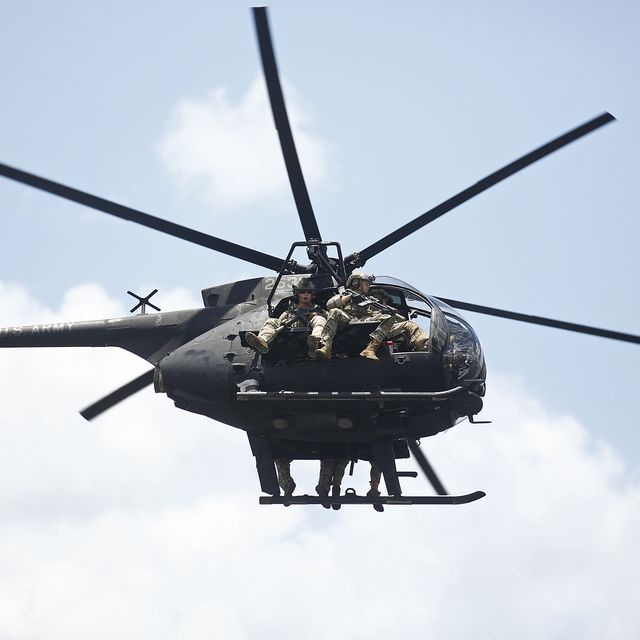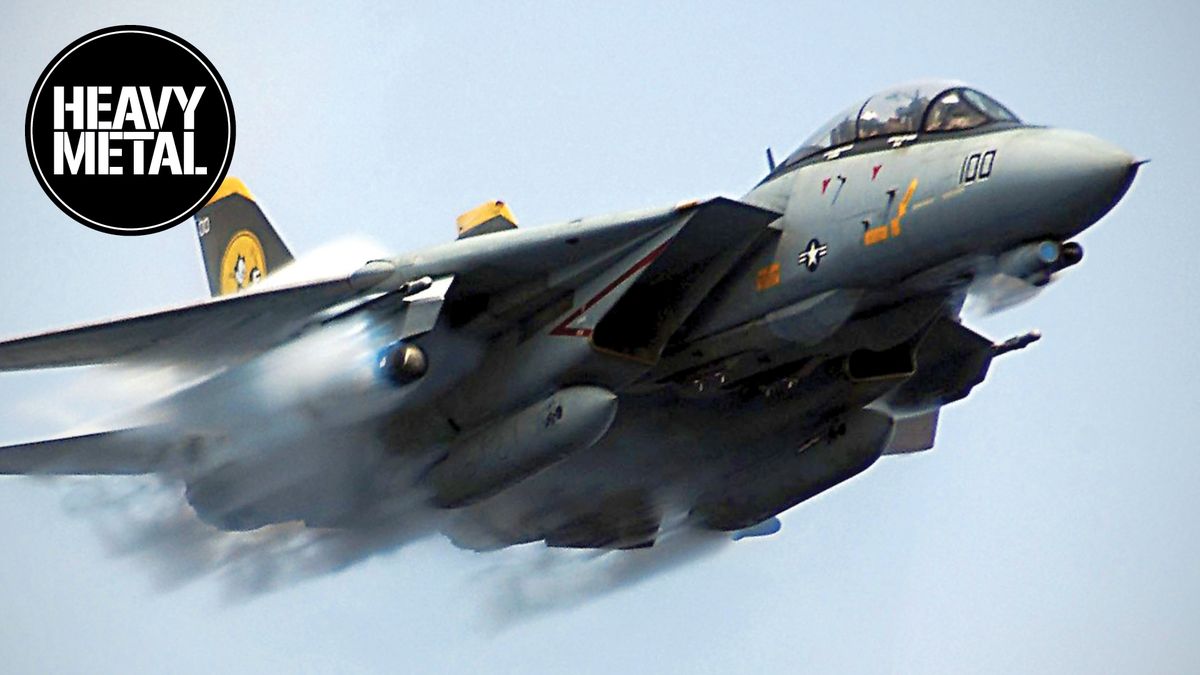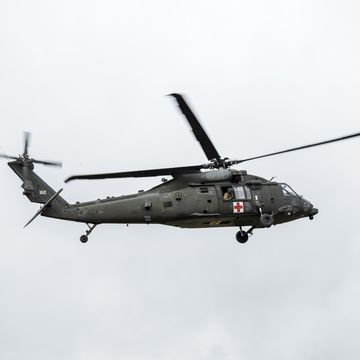- The U.S. Army faces a dilemma over a future replacement for its fleet of A/MH-6 “Little Bird” helicopters.
- The Little Birds are small, highly maneuverable attack and transport helicopters used by U.S. special operations forces.
- The helicopters are set to be replaced when the Army picks a new reconnaissance helicopter, but a requirement to carry special operations troops could a civilian helicopter step in for the Little Birds.
The U.S. Army’s elite fleet of A/MH-6 “Little Bird” special operations helicopters might give way to civilian choppers in the coming years.
🚁 You like badass helicopters. So do we. Let’s nerd out over them together.
The Army could swap the Little Birds, which the 160th Special Operations Aviation Regiment has used for nearly 40 years, for the winner of a new armed reconnaissance helicopter competition. The catch? Just one of the two competing helicopters can actually carry troops—a key requirement for the Little Bird’s replacement.
In 1981, following the failure of the mission to free the U.S. hostages in Tehran, the U.S. Army founded Task Force 160, an elite helicopter unit designed to support special forces ground units. The unit received its first A/MH-6 helicopters in 1983; since then, the “Little Birds” have served in the aviation unit continuously. The small and nimble helicopters fly low to mask their appearance and avoid enemy fire.
The Army flies two versions of Little Birds. The attack version, the AH-6, has a crew of two and is armed with a mixture of M134 7.62-millimeter miniguns, 2.75-inch unguided rockets, Hellfire anti-tank missiles, and M230 30-millimeter autocannons.
The MH-6, meanwhile, is an unarmed assault transport designed to carry up to six Army Rangers, Navy SEALs, or Delta Force troops. The MH-6 can land on streets and rooftops, and deploy a fast roping system to get special operators quickly on the ground.
The U.S. Army is currently accepting the latest version of the Little Birds, the AH/MH-6 Block III, which includes a new six-bladed rotor and better payload, speed, and flight controls.
The Block III helos should last into the early 2030s, but right around then, the plan is to replace them with the winner of the Future Attack Reconnaissance Aircraft (FARA). This armed helicopter will have an emphasis on range and scouting abilities. The Army will pick the winner between two aircraft, the Sikorsky Raider X and Bell 360 Invictus, in 2024.
Both Raider X and the Invictus would probably do well as a replacement for the AH-6. The problem is the MH-6 is a troop carrier, and while Raider X has a passenger compartment for up to six troops, Invictus has no such capability to bring passengers along for the ride.
Aviation Week & Space Technology reports the Raider X will replace the A/MH-6 fleet if it wins the FARA competition, but a lack of passenger space means the Army will have to look elsewhere if Invictus wins. That solution could be a highly modified commercial aircraft. Developing an entirely new military aircraft isn’t really an option, as the A/MH-6 fleet is only 51 aircraft strong.
The other possibility is for the Army to simply ask aircraft manufacturer Boeing to develop a fourth-generation A/MH-6. Boeing advertises new-build Little Birds on its website, and the Block III aircraft use brand-new airframes. Still, the Army wants to move away from the 1960s-era airframe, which it believes is maxed out from a design perspective.
The Little Bird is also slow (126 knots) by modern standards, while Lockheed Martin claims Raider X is capable of speeds of 220 knots.
🎥 Now Watch This:

Kyle Mizokami is a writer on defense and security issues and has been at Popular Mechanics since 2015. If it involves explosions or projectiles, he's generally in favor of it. Kyle’s articles have appeared at The Daily Beast, U.S. Naval Institute News, The Diplomat, Foreign Policy, Combat Aircraft Monthly, VICE News, and others. He lives in San Francisco.
















